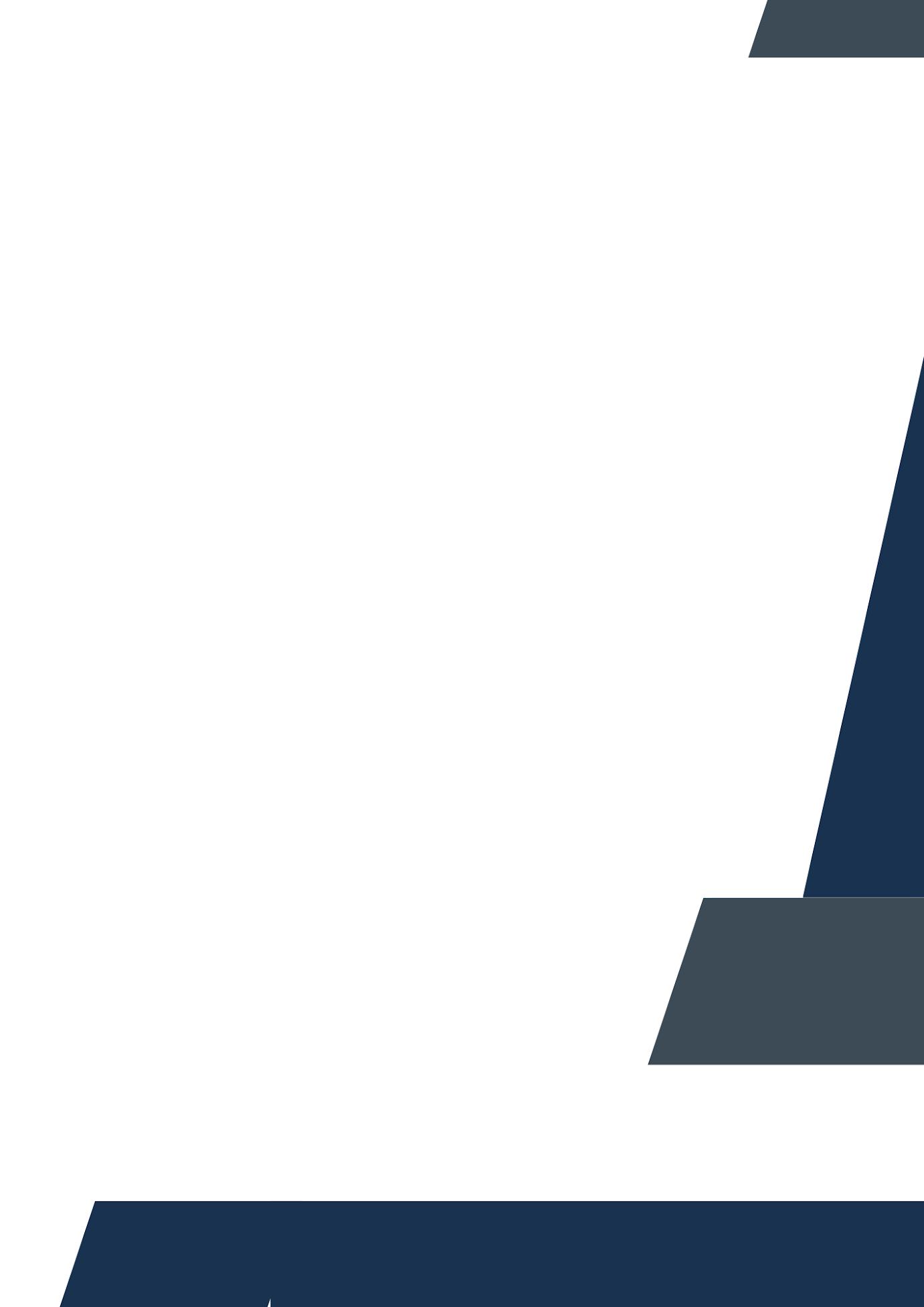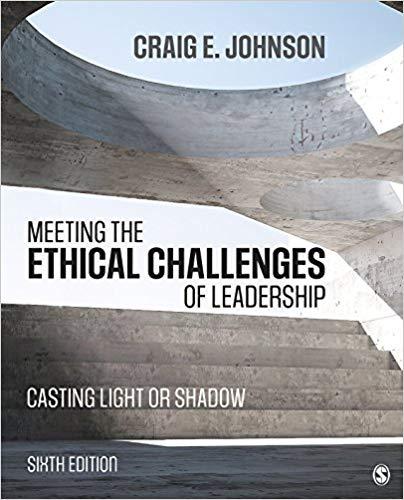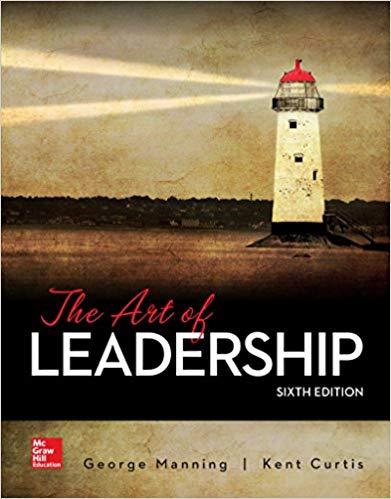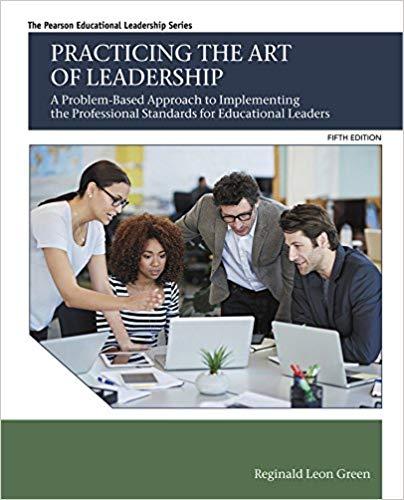(eBook PDF) Meeting the Ethical Challenges of Leadership: Casting Light or Shadow 6th Edition download

https://ebookluna.com/product/ebook-pdf-meeting-the-ethicalchallenges-of-leadership-casting-light-or-shadow-6th-edition/


(eBook PDF) Meeting the Ethical Challenges of Leadership: Casting Light or Shadow 7th Edition
https://ebookluna.com/product/ebook-pdf-meeting-the-ethicalchallenges-of-leadership-casting-light-or-shadow-7th-edition/

Meeting the Challenges of Data Quality Management 1st Edition - eBook PDF
https://ebookluna.com/download/meeting-the-challenges-of-dataquality-management-ebook-pdf/

(eBook PDF) The Art of Leadership 6th Edition
https://ebookluna.com/product/ebook-pdf-the-art-ofleadership-6th-edition/

(eBook PDF) Becoming a Manager: How New Managers Master the Challenges of Leadership
https://ebookluna.com/product/ebook-pdf-becoming-a-manager-hownew-managers-master-the-challenges-of-leadership/

(eBook PDF) The Leadership Experience 6th Edition
https://ebookluna.com/product/ebook-pdf-the-leadershipexperience-6th-edition/

(eBook PDF) Ethical Dimensions in the Health Professions 6th Edition
https://ebookluna.com/product/ebook-pdf-ethical-dimensions-inthe-health-professions-6th-edition/

(Original PDF) Methods for Effective Teaching Meeting the Needs of All Students 8th Edition
https://ebookluna.com/product/original-pdf-methods-for-effectiveteaching-meeting-the-needs-of-all-students-8th-edition/

(eBook PDF) The Segmentation of Europe Convergence or Divergence between Core and Periphery
https://ebookluna.com/product/ebook-pdf-the-segmentation-ofeurope-convergence-or-divergence-between-core-and-periphery/

(eBook PDF) Practicing the Art of Leadership 5th Edition
https://ebookluna.com/product/ebook-pdf-practicing-the-art-ofleadership-5th-edition/
Stepping Out of the Shadows
PART II. LOOKING INWARD
Chapter 3. The Leader’s Character
What’s Ahead
Elements of Character
Courage
Temperance
Wisdom and Prudence (Practical Wisdom)
Justice
Optimism
Integrity
Humility
Compassion (Kindness, Generosity, Love)
Forming a Moral Identity
Character Building
Finding Role Models
Hearing Stories/Living Shared Stories
Learning from Hardship
Developing Habits
Developing Personal Mission Statements
Identifying Values
Chapter 4. Combating Evil
What’s Ahead
The Faces of Evil
Evil as Dreadful Pleasure
Evil as Exclusion
Evil as Deception
Evil as Bureaucracy
Evil as a Choice
Evil as Ordinary
Facing Evil
Making a Case for Forgiveness
Breaking the Cycle of Evil
The Forgiveness Process
Seeking Forgiveness
Spirituality and Leadership
PART III. ETHICAL STANDARDS AND STRATEGIES
Chapter 5. General Ethical Perspectives
What’s Ahead
Utilitarianism: Do the Greatest Good for the Greatest Number of People
Applications and Cautions
Discovering Core Ideology
Codes of Ethics
Ethical Socialization Processes
Ethics Training
Chapter 11. Meeting the Ethical Challenges of Leadership in a Global Society
What’s Ahead
The Dark Side of Globalization
The Global Shadow of Power
The Global Shadow of Privilege
The Global Shadow of Mismanaged Information
The Global Shadow of Inconsistency
The Global Shadow of Misplaced and Broken Loyalties
The Global Shadow of Irresponsibility
Cultural Differences and Ethical Values
Defining Culture
Programmed Value Patterns
Project GLOBE
Moral Foundations
Facing the Challenges
Overcoming Attitudinal Obstacles
Finding Common Moral Ground
Making Ethical Choices in Culturally Diverse Settings
Chapter 12. Ethical Crisis Leadership
What’s Ahead
Crisis: An Overview
The Three Stages of a Crisis
Components of Ethical Crisis Management
Assume Broad Responsibility
Practice Transparency
Demonstrate Care and Concern
Engage the Head as Well as the Heart
Improvise from a Strong Moral Foundation
Build Resilience
The Ethical Demands of Extreme Leadership
Epilogue
References
Index
About the Author
Preface
You have chosen an excellent time to study ethical leadership. Interest in the topic is greater than ever, generating a constant stream of new books, articles, and research studies as well as the creation of new leadership ethics units and courses. We are learning much more about the factors that make up ethical (and unethical) leadership, how leaders make moral choices, how leaders create ethical groups and organizations, how leaders can behave more ethically in a global society, and so on. You have a rapidly growing body of knowledge to draw from in your efforts to become a more ethical leader and follower.
This edition of Meeting the Ethical Challenges of Leadership incorporates the latest developments in the field but, like previous versions, is guided by seven principles. First, there are few topics as important as leadership ethics. To highlight that fact, I’ve adopted Parker Palmer’s metaphor of light and shadow as the book’s central metaphor. Palmer reminds us that leaders have the power to do significant benefit or substantial harm. In extreme cases, leaders literally make the difference between life and death for their followers.
Second, we need to recognize the reality of bad leadership. Understanding why and how leaders cast shadows can help us prevent destructive behaviors and promote positive leadership. At the same time, we can also learn a great deal from the example of good leaders. Models of ethical and unethical leadership are found throughout the text.
Third, there are important ethical demands associated with the leadership role. Those who want to serve as leaders have a responsibility to exercise their authority on behalf of others. There are also ethical challenges associated with the follower role.
Fourth, the study of leadership ethics must draw from a wide variety of academic disciplines and traditions. Philosophers have been interested in the moral behavior of leaders for centuries. In the modern era, they have been joined by social scientists, resulting in significant advances in our understanding of moral and immoral leadership. As a consequence, material for this text is drawn not only from philosophy but also from political science, psychology, social psychology, neuroscience, management, business ethics, communication, education, sociology, and other fields. This multidisciplinary approach introduces readers to (1) how moral decisions are made (what scholars describe as the descriptive perspective on ethics) and (2) how to lead
Duty orientation
Developing leadership virtues
Values
Personal mission statements
Story and character development
Administrative evil
Ethical followership
Decision-making formats
Intelligent disobedience
Ethics of virtual teams
Corporate citizenship
Corporate governance
Ethical socialization
Common morality
Crisis preparation
Organizational resilience
Extreme leadership
Most of the case studies from previous editions have been replaced. Some of the new cases in this edition involve Malala Yousafzai, Team Foxcatcher, Bill Cosby, Turing Pharmaceutical, Volkswagen, retired Duke track coach Al Buehler, the Flint Michigan water crisis, Subway’s Jared Fogle, the Ashley Madison website, the National Football League concussion epidemic, Scotland’s HBOS bank, Amazon, The Container Store, Apple and Foxconn, the Ebola epidemic, New Orleans hurricane recovery, and explorer Ernest Shackleton. Cases based on real-life events, held over from the fifth edition, have been updated. Other fictional cases have been added. There are new selfassessments related to narcissism, apology, altruism, duty orientation, argumentation, negotiation, class project social loafing, moral foundations theory, and corporate Samaritans.
Ancillaries
Instructor Teaching Site
A password-protected instructor’s manual is available at study.sagepub.com/johnsonme cl6e to help instructors plan and teach their courses. These resources have been designed to help instructors make the classes as practical and interesting as possible for students:
Overview for the instructor offers the author’s insights on how to use
this book most effectively in a course on leadership ethics.
Chapter tests offer a variety of questions to assist with assessment of student learning.
PowerPoint slides capture key concepts and terms for each chapter for use in lectures and review.
Leadership ethics sample course syllabus provides a model for structuring a course.
Leadership seminar sample syllabus is an additional course option for a seminar format.
Teaching strategies offer ideas and insights into various approaches to teaching and learning.
Assignments and projects provide unique and highly creative activities for meaningful involvement in learning.
SAGE journal articles give access to full journal articles that instructors can assign and use as further teaching tools in class.
Case notes provide an essential reference and teaching tool for using the case studies in the book.
Student Study Site
An open-access student study site can be found at study.sagepub.com/johnsonmecl6e. The site offers SAGE journal articles, with access to recent, relevant, full-text articles from SAGE’s leading research journals. Each article supports and expands on the concepts presented in the book. This feature also provides discussion questions to focus and guide student interpretation.
Former Detroit Mayor Kwame Kilpatrick was jailed for taking $9.6 million in kickbacks for steering city contracts to a friend and using nonprofit funds to pay for personal expenses. His corrupt administration helped push the city into bankruptcy.
A West Virginia coal mine explosion took the lives of 29 miners after officials at Massey Energy failed to follow basic safety procedures. The company’s founder was convicted of lying to safety authorities.
Coaches and administrators at Baylor University ignored or downplayed sexual assault allegations against football players who were later convicted of rape. Instead of reporting the accusations as required by law, officials discouraged victims from filing reports, leaving them in continued danger from their assailants.
The misery caused by unethical leaders drives home an important point: Ethics is at the heart of leadership.1 When we assume the benefits of leadership, we also assume ethical burdens. I believe that as leaders, we must make every effort to act in such a way as to benefit rather than damage others, to cast light instead of shadow. Doing so will significantly reduce the likelihood that we will join the future ranks of fallen leaders.
Fortunately, we can also find plenty of examples of leaders who brighten the lives of those around them. That’s the good news. Consider these examples:
When health authorities were slow to respond to the Ebola crisis in West Africa, local residents and international volunteers stepped in to care for the sick. They were honored as Time magazine’s 2014 People of the Year.
Former president Jimmy Carter, in his 90s, continues to work with Habitat for Humanity and his humanitarian Carter Center, even after a brain cancer diagnosis.
Ordinary citizens of New Orleans spearheaded restoration of the city after Hurricane Katrina, the largest natural disaster in United States history.
The 2015 winners of the CNN Hero Award are involved in helping others through a variety of community efforts ranging from providing free medical care to the homeless in Pittsburgh to harvesting rainwater in India to offering support to single mothers stricken with cancer in Arizona.
Myanmar’s Daw Aung San Suu Kyi, after decades under house arrest, is now assisting with the country’s transition from military rule to a democracy.
Managers and employees at the Fukushima Daiichi Nuclear Power Plant
members solicit contributions for training facilities; and sports information personnel draw attention to the team’s accomplishments.
In truth, leaders and followers function collaboratively, working together toward shared objectives. They are relational partners who play complementary roles.3 Whereas leaders exert a greater degree of influence and take more responsibility for the overall direction of the group, followers are more involved in implementing plans and doing the work. During the course of a day or week, we typically shift between leader and follower roles heading up a project team at work, for example, while taking the position of follower as a student in a night class. As a result, we need to know how to behave ethically as both leaders and followers.
Moving from a follower role to a leadership role brings with it a shift in expectations. Important leader functions include establishing direction, organizing, coordinating activities and resources, motivating, and managing conflicts. Important follower functions include carrying out important group and organizational tasks (engineering, social work, teaching, accounting), generating new ideas about how to get jobs done, working in teams, and providing feedback.4
Viewing leadership as a role should put to rest the notion that leaders are born, not made. The fact that nearly all of us will function as leaders at some point if we haven’t already done so means that leadership is not limited to those with the proper genetic background, income level, or education. Ordinary people emerged as leaders during the shooting that seriously injured Arizona congresswoman Gabby Giffords and killed six others, for instance. An intern on the congresswoman’s staff applied pressure to Giffords’s head wound, saving her life. One member of the crowd prevented the killer from reloading his weapon by grabbing a loaded magazine he had dropped and another clubbed the shooter in the back of his head with a folding chair. One of the wounded, a seventy-four-year-old army colonel, tackled the gunman, and he and other bystanders subdued him. A doctor and nurse shopping at the Safeway where the attack occurred provided treatment for victims.
Leadership should not be confused with position, although leaders often occupy positions of authority. Those designated as leaders, such as a disillusioned manager nearing retirement, don’t always exert a great deal of influence. On the other hand, those without the benefit of a title on the organizational chart can have a significant impact. Angela Merkel was a quiet East German scientist who went on to become Chancellor of the reunited Germany. Under her direction, the country has taken the lead in addressing Europe’s Syrian refugee crisis. Erin Brockovich was a poor single mother in California without legal training who helped victims of chemical poisoning
